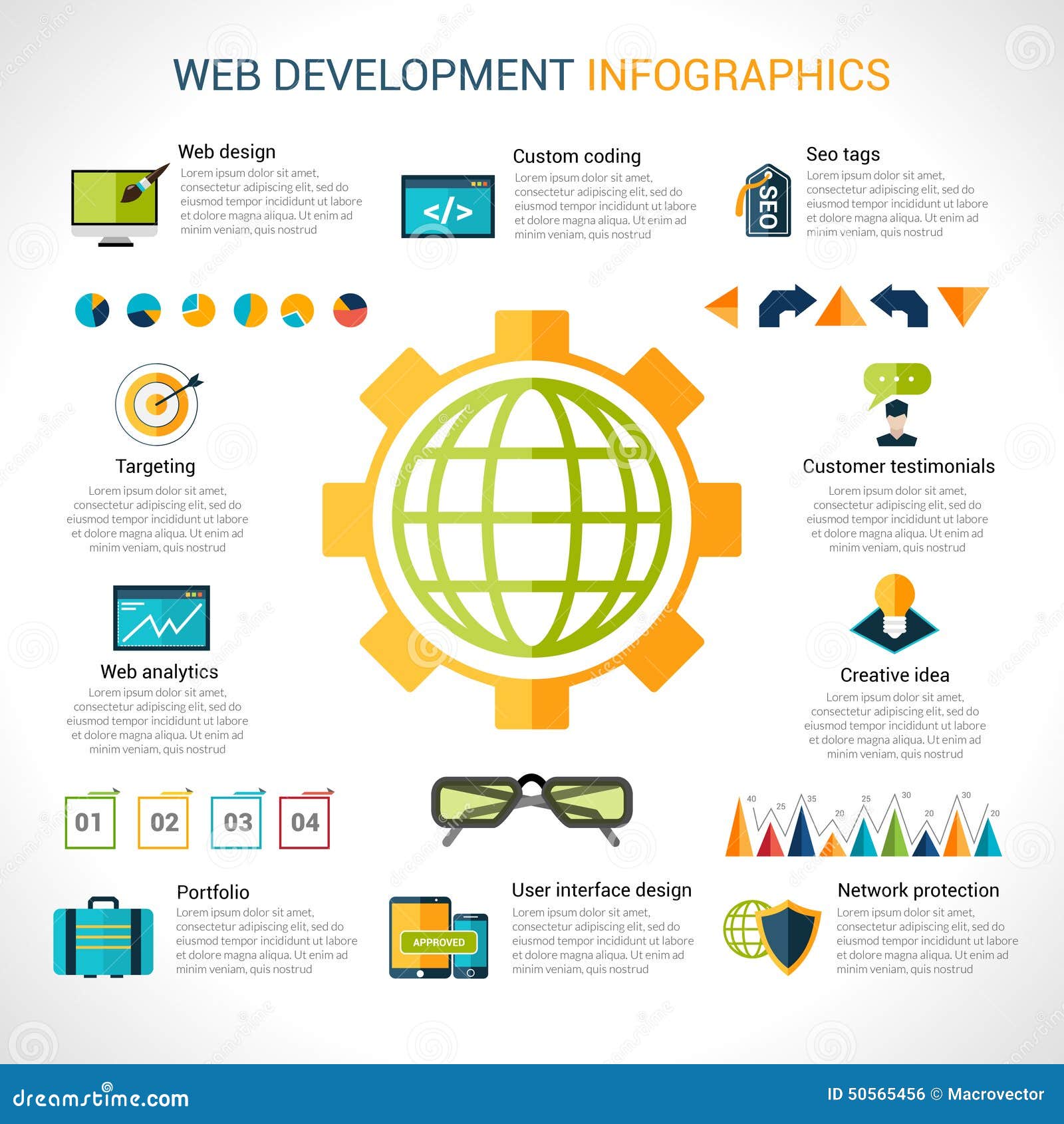Interested In Learning How Website Design Has Developed Over The Years? Explore The Journey From Basic, Simple Layouts To User-Centric Interfaces That Prioritize The Visitor'S Experience
Interested In Learning How Website Design Has Developed Over The Years? Explore The Journey From Basic, Simple Layouts To User-Centric Interfaces That Prioritize The Visitor'S Experience
Blog Article
Published By- https://andresxofvm.blog-ezine.com/29966481/intensify-your-service-with-proven-online-marketing-solutions
In the past, sites were straightforward and concentrated on information. Navigating was straight, and design was for desktops. Now, customer experience is vital. Information overviews designs for simple navigation. Receptive designs suit various gadgets. Today, dark setting lowers strain, and minimalist food selections boost navigation. Interactive attributes involve customers, and bold visuals attract attention. AI combination increases engagement. See exactly how related website has developed to boost your on the internet trip.
Early Days of Web Design
In the very early days of web design, simpleness preponderated. Internet sites were basic, with minimal shades, font styles, and designs. The focus got on offering information as opposed to flashy visuals. Customers accessed the web via sluggish dial-up links, so rate and performance were vital.
Navigating https://best-email-marketing-tool05050.blogsidea.com/36106942/picking-the-best-electronic-advertising-firm-for-your-organization were straightforward, normally situated on top or side of the web page. Sites were created for desktop computers, as mobile surfing wasn't yet prevalent. Web content was king, and developers prioritized simple readability over complicated style aspects.
HTML was the main coding language made use of, and designers had to work within its restrictions. Animations and interactive functions were very little compared to today's standards. Web sites were fixed, with little dynamic content or customized individual experiences.
Surge of User-Focused Style
With the advancement of site style, a change in the direction of user-focused design principles has become increasingly famous. Today, creating web sites that focus on individual experience is vital for involving site visitors and attaining organization goals. User-focused design involves comprehending the needs, preferences, and actions of your target market to tailor the internet site's layout, content, and features appropriately.
Developers now perform comprehensive study, such as user surveys and use screening, to gather insights and comments directly from users. This data-driven method assists in developing instinctive navigation, clear calls-to-action, and visually attractive user interfaces that resonate with site visitors. By placing the individual at the facility of the design procedure, web sites can provide an extra customized and satisfying experience.
Receptive style has actually also emerged as an essential aspect of user-focused layout, making sure that internet sites are enhanced for various gadgets and display sizes. This versatility improves access and usability, catering to the varied methods customers interact with websites today. Basically, the rise of user-focused style represents a shift in the direction of developing electronic experiences that prioritize the demands and assumptions of the end customer.
Modern Trends in Web Design
Explore the most up to date trends forming web design today. One famous fad is dark mode design, providing a smooth and modern look while reducing eye strain in low-light atmospheres. An additional vital pattern is minimal navigating, streamlining menus and improving customer experience by concentrating on essential elements. Incorporating micro-interactions, such as animated buttons or scrolling impacts, can produce a more engaging and interactive internet site. Responsive style continues to be critical, making sure smooth individual experiences throughout numerous tools. Additionally, utilizing bold typography and asymmetrical layouts can add visual rate of interest and accentuate specific content.
Integrating AI technology, like chatbots for consumer support or customized recommendations, boosts user engagement and enhances procedures. Accessibility has additionally become a significant pattern, with developers prioritizing inclusive design methods to deal with diverse customer requirements. Embracing sustainability by optimizing website efficiency for speed and efficiency is one more emerging pattern in web design. Collaborating with customer responses and data analytics to repeat and enhance layout continually is important for staying relevant in the ever-evolving digital landscape. By embracing these modern trends, you can create a visually attractive, easy to use web site that resonates with your target market.
Final thought
As you reflect on the advancement of web site design from the very early days to currently, you can see just how user-focused style has come to be the driving pressure behind contemporary trends.
Accept the journey of change and adjustment in website design, always keeping the user experience at the leading edge.
Stay current with the most recent fads and technologies, and never ever stop progressing your technique to develop aesthetically stunning and straightforward websites.
Advance, adjust, and create - the future of web design remains in your hands.
